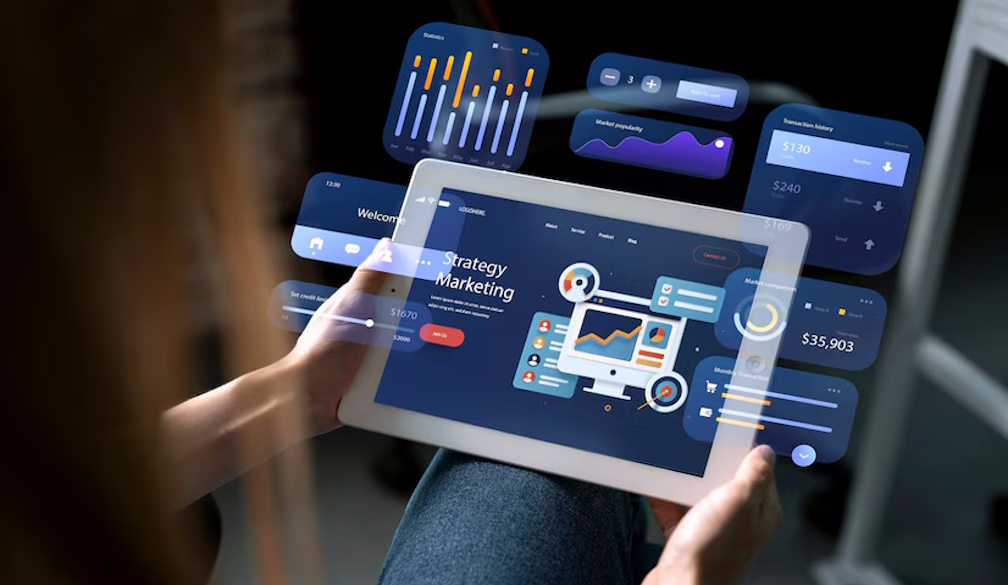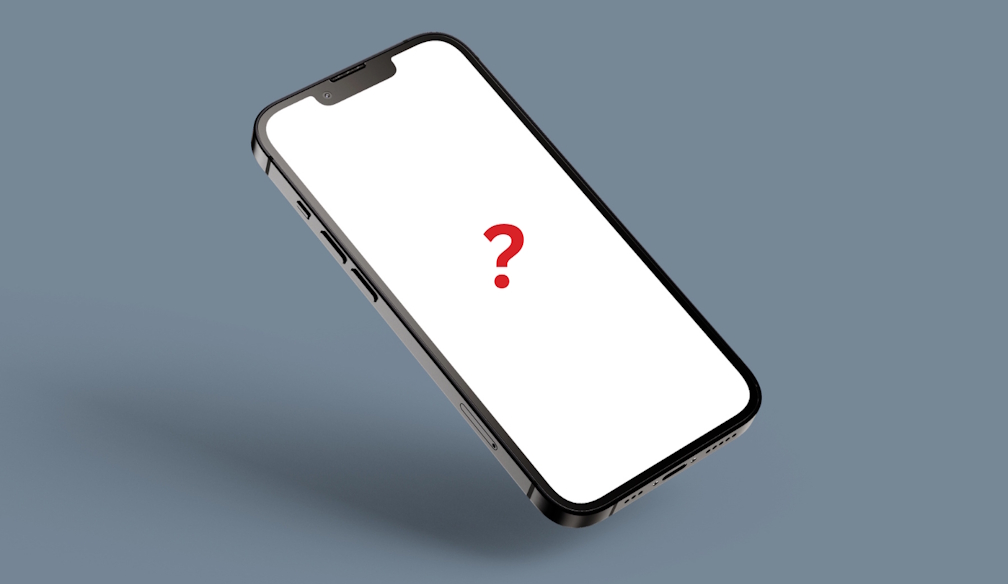How AI-Powered Landing Pages Shorten the Customer Journey

Gone are the days of a linear digital customer journey for consumers. Instead, with multiple channels and touchpoints, it becomes increasingly complicated. Where they might have arrived on a landing page and needed to navigate the website, thanks to AI-driven experiences, such as on a landing page, time is of the essence. AI-driven landing pages help cut through the boilerplate language, unnecessary clicks, and inadvertent upsells/hurdles that complicate digital experiences and lengthen decision-making, making AI-driven landing pages a seamless solution for enhanced engagement.
Guiding Users with Tailored Content From the Start
Perhaps the most valuable advantage of AI landing pages is that they give the user exactly what they want, instantly. Instead of presenting a standardized version of the same page to every viewer, AI operates from signals based on the referral source, past activity, and demographic information to create the perfect experience the moment the page opens. If a person is just checking out buy options and looking for a discount code, the landing page will show them that instantly before they navigate any further. It, however, does not need to show people any other information that goes against their desired intention, but instead render it in real-time so there's no unnecessary navigation to get to a final, realized intention. Anybiz.io enables this real-time personalization by leveraging AI to dynamically adapt page content based on individual user behavior and journey.
Reducing Friction with Smart Design Adjustments
Every moment a visitor is left in a state of confusion or distracted, friction is added to the experience. Therefore, AI removes that friction. It personalizes the experience on the landing page from observed activity. If one access group is determined by the algorithm to spend more time with shorter forms or infographic summaries, it presents those things first, automatically. Yet if the next access group is evaluated and it determines they like more information, the screen expands to show more. These small, unnoticed adjustments in the design go a long way in having things located faster to access what people need faster so that time spent in determining is reduced and thus, time to conversion is reduced as well.
Dynamic Calls to Action Based on Readiness
Calls to action (CTAs) are arguably the most important features found on any landing page. They're the all-or-nothing gateways that allow users to go from passive observers to active participants signing up, downloading, purchasing, or looking for more information. Yet a CTA can only be as good as the words chosen for it and the placement. In fact, it must be noted that CTAs occur at certain times with an understanding of the user experience. Present a CTA too early or too late and it becomes either avoided or works against the user experience. Enter AI.
AI-created landing pages can assess activity happening during the time spent on the page to more accurately tailor a CTA for where the user is in their process. Instead of a generic "Buy Now" or "Get Started" page, users are offered CTAs that have context for which they are operating, who they are, what part of the link got them there, and what they're doing on the page at the moment.
For instance, let's say someone comes in from a top-of-funnel search ad and they're a first-time visitor. While that person might not be in a position to purchase a product, AI can acknowledge this behavior and serve them a low-commitment CTA like "Download Our Free Guide" or "Learn More About Our Features." This is a less intimidating way for the user to engage without feeling pressure since it's one more small step that keeps them in the funnel. But if someone has visited the site multiple times, gone to pricing, or tried to sign up before, AI can facilitate a more powerful CTA like "Start Your Free Trial" or "Get Your Discount Today." This makes sense over time and encourages conversion on a gradual basis.
Furthermore, AI can assess more complicated behavior in addition to differentiating between new and returning visitors. For example, if a person is hovering over a certain feature, scrolling to the bottom, or clicking through various tabs, the program registers those intentions for deeper interest and responds accordingly with more robust CTAs. On the other hand, if a person is just sitting there, not moving as the seconds tick away, the process might throw out a subtle suggestion to get them back on track a chatbot inquiry, a pop-up limited-time offer to test engagement and urgency, or an exit-intent pop-up that focuses on where the person stands regarding interest.
This makes people feel comfortable with AI-generated CTA opportunities instead of stressed and overwhelmed. When people get too many suggestions or suggestions irrelevant to what they were originally doing, they leave the page faster. But with AI, layouts are clearer to understand, and the next best step is offered without having to guess. The CTA is embedded within the process instead of being a distraction to it.
Ultimately, where a CTA was previously a static call to action, with the introduction of AI, it becomes a responsive, assisting force. By communicating with the user and getting to know them, an AI integrated CTA essentially delivers the information needed to progress through the funnel seamlessly and without misunderstanding. No longer is it merely something that must be clicked, it's an extensive suggestion for what needs to happen next, offered in real time to not only facilitate greater conversion but also a superior experience overall.
Learning From Behavior to Anticipate Next Steps
AI doesn't simply sit back and wait for humans to feed it information so it can respond; it predicts future actions based on present/past behaviors. Every click, scroll, and bounce is logged to see how subsequent users could use a uniquely tailored landing page. Therefore, after a while, AI learns what one group of users may want in the future and acts upon it. For example, if those who watch the embedded video convert more and those who read the article and exit the page after two minutes tend to bounce, AI will make the video more visible on future landing pages so that the experience is less of a mystery.
Connecting the Dots Across Multiple Channels
AI landing pages are not silos. They exist in a digital ecosystem where people engage across platforms, touchpoints, and devices. The most effective digital experiences derive from not treating each engagement in a vacuum but instead considering the larger purpose and overall journey. Thus, an AI landing page is merely a smart engagement enabler as part of an extended ecosystem integration with CRMs, email marketing, paid campaigns, social ads, social organic, analytics, and beyond.
When these systems speak, the AI landing page has access to more contextual data collected from a user's prior engagements with brands digitally. For instance, when a user clicks on a link be it from an email, a paid search ad, a social post, or a display ad AI can determine what else the person has been doing; have they clicked on other links, have they already added something to a cart, have they opened support tickets, or how long have they been on a brand website? It may even have access to CRM data, such as age or gender for B2C or revenue data for B2B. All of this data helps create a much more customized experience while navigating. For example, the person who clicks on the Google ad might see different formatting or copy than the retargeting campaign person even if they share the same URL.
For example, someone opens an email about a webinar but fails to register. Then, they see a remarketing ad. When they click through to the AI-enabled landing page, it remembers that this person engaged with the webinar information prior, and now, the registration CTA is more straightforward or time-sensitive to register instead. There’s no need to recap what the webinar is about; the page picks up where the last interaction left off. Such seamlessness boosts conversion rates and works wonders for brand trust, as it seems as if the brand knows what's going on.
In addition, channel integration eliminates annoying, unnecessary steps that add friction for users and impede conversions. For instance, without AI, someone who got the email and clicks the CTA within the message may be led to a generic page that forces them to re-enter their information or start all over again. But with savvy integration, that landing page can be auto-populated, display applicable offers, and eliminate time-wasting pitches. It honors the person's time and gives them what they need to get the job done.
But the information doesn't stop after the landing page. AI systems report back performance and engagement to the interconnected systems, giving marketers and sales the ability to adjust messaging, recalibrate lead scoring, and enhance retargeting all in real-time. It's a loop that allows future engagements to become even more powerful.
And as brands operate in so many different spaces at once, there is a reliance upon uniformity and context. People want to be remembered by a brand; they want what they did with a brand on social media to translate into a separate brand email campaign. AI-driven landing pages allow for this as they act as a dynamic channel that not only connects what was experienced in the past to what's offered in the present but also understands what marketing and engagement will happen down the line. The experience is fluid, without interruption, empowered by more information to keep it moving, hopefully converting at every turn.
Personalization Without Overwhelm
However, customization occurs at the speed of a trip processed. Yet, customization must be done carefully. When too many choices are available or when too many targeted promotions are presented, individuals feel overwhelmed and question their choices. An AI system can take the proper amount of information and customize a page without overwhelming the visitor. Because it understands what's relevant and when, it shows only the applicable information with no other distractions, allowing people to decide faster.
Turning Intent into Action Faster
Ultimately, cutting the customer journey doesn't mean you're making someone go faster, it means easing friction that would otherwise make it impossible for them to go in the first place. When the standard online customer journey takes too long, it's often because of disassociated communications, templates that do not apply to the customer experience, or because someone has to scroll too far down to get what they're looking for. When there is too much friction, confusion, stress, lack of trust people are more inclined to forfeit, exit, or postpone their decision. AI landing page creation seeks to address and cut out that friction.
It's not about making someone go faster; it's about giving them a streamlined experience so that they can all go fast, but naturally. When a person has everything they need upon entry, they can proceed at their own pace, and AI-generated pages foster that exact environment. Understanding who they are, what they're doing there, and what they're most likely going to need helps give AI a leg up in making success feel effortless. There's no more conjecture; it's all based on incremental personalization over time through metrics.
For example, an AI-enabled landing page knows that when a visitor returns on their second session, they've already viewed the product overview video, so instead of repeating that information, it may now show customer testimonials, offer a countdown sale, or pre-fill fields. These micro-adjustments reduce what the user has to do for the system and reinforce the path to conversion for the user's benefit. When actions are added or simplified, users are encouraged to stay and take the plunge transforming curiosity into action.
What's exponential about this is that the AI does not require new input or attention generated. Once the systems are in place, they operate themselves, dynamically, over time adjusting each landing page in the moment for each individual visitor. Thus, companies can accommodate thousands of visitors in an apparently individualized fashion without putting in the time to create and maintain thousands of different pages. That kind of effectiveness not only lends itself to better performance metrics such as bounce rate and conversion rate, but a more intricate brand experience which users notice and appreciate.
Furthermore, shortening the journey makes future encounters even more simplified. With less friction for more people already converting, the AI has more insight and information at its disposal to understand what this specific person wants and what it can guess it will want in the future. For every new encounter, the AI gets smarter with one additional data point in mind toward the common championing of ease and effectiveness of similar transactions down the line.
In addition, these landing pages do not only greet but display. They offer people what they need at the present time instead of allowing them to become distracted by distractions. Less universal distractions mean less redirection and more potential to get exactly where someone thinks they need to go better and faster. Instead of offering a singular path that may or may not occur, an AI-assisted experience gives people precisely what they need to continue, and that's how brands turn simple, mindless scrolling into meaningful, effective expansion.

















